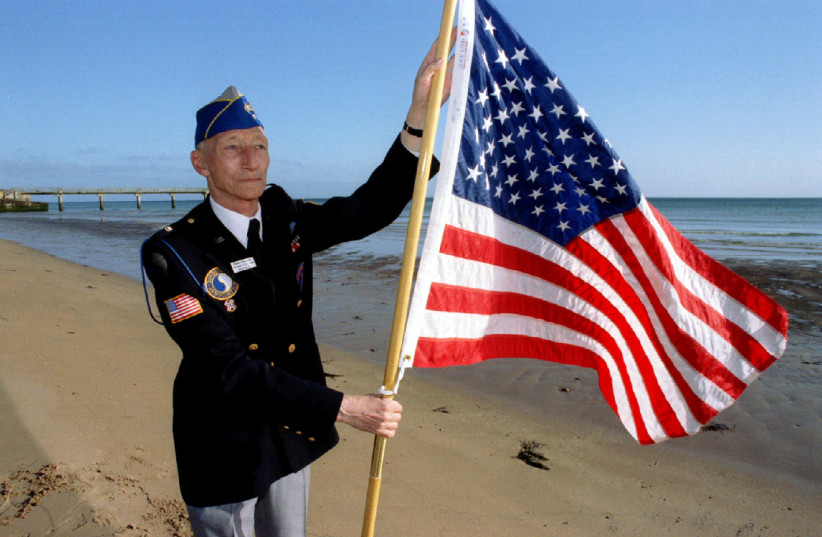The United States POW/MIA Accounting Agency announced early last month that the remains of Army Sgt. Bernard J. Sweeney from Connecticut had been identified.
Sgt. Sweeney had been killed during World War II, but his body was only recovered in June 2021. Experts had initially struggled to identify the remains.
Sweeney had been assigned to the Company I, 330th Infantry Regiment, 83rd Infantry Division in December 1944. His unit had fought against German forces in their home ground of Germany in the Hürtgen Forest.
When Sweeney was first reported missing
Sweeney was first reported missing on December 16, 1944. His body, along with many of his comrades, were unable to be recovered until after the war.
After the war, The American Graves Registration Command was ordered to begin investigating and recovering missing American soldiers in Europe. Multiple searches were conducted in the Hürtgen area from 1946 until 1950, but Sweeney had not been found.

In November of 1951, the United States declared Sweeney as non-recoverable.
Despite the initial classification, a historian had carried out research on a set of unidentified remains, designated X-2752 Neuville, recovered from a minefield north of Kleinhau, Germany, and found them to belong to Sweeney. The remains had been found in 1946, buried the Ardennes American Cemetery in 1950 and finally sent for lab testing in 2019.
Scientists were able to use dental, anthropological and circumstantial evidence to make the identification.
Sweeney will be buried Tuesday of next week in New York, in a named grave. His name remains recorded on the Walls of the Missing at Netherlands American Cemetery, an American Battle Monuments Commission site in Margarten, Netherlands but a rosette will be placed to indicate that he was finally found.
No known pictures exist of Sweeney.
